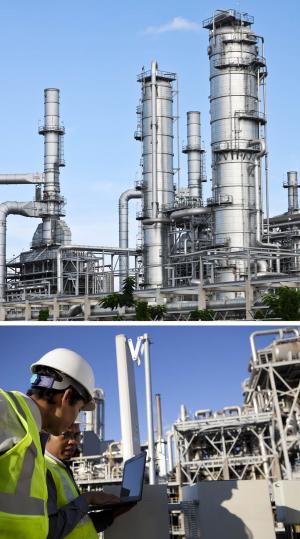Emergency Response

Emergency Response
It begins and ends with safety...
On every job-site there with need to be a plan in place to deal with an emergency situation. GLOBAL SAFETY LIMITED develops Emergency Response Plans (ERPs) that are used to quickly remove all personnel from a hazardous area, and to minimize as much damage as possible to property and the job-site. In all cases, the ERPs primary purpose is for reducing injury or lose of personnel. Our staff provides services and training with the goal of ensuring every employee is knowledgeable with the ERP of each site they are involved in. It will not be uncommon for different job-sites to have slightly different ERPs. For this reason, GLOBAL SAFETY LIMITED strongly beleives in the importantance of having detailed ERP education as a central part of a new workers’ orientations (ex. muster points, evacuation routes, and first-aid stations).
At minimum GLOBAL SAFETY LIMITED ERPs addresss the following:
- Health and medical services
- Where to get First-Aid Treatment
- Evacuation procedures and assembly points
- Emergency response phone list
- Hazards of the area/job
- Who are the safety representative(s) and how they are identified
- Response to different alarm signals/situations
- Explosions/fires/toxic releases
- Appropriate/additional ERP PPE
- Air quality monitoring
- Training requirements
In the process of creating an ERP, we keep-in-mind ALL of types of hazard that will be present on the jobsite. The hazards could either be work-relate or could potentially be caused by natural disasters, man-made events and/or failures of technology.
In all case, the government of Alberta requires that ERPs address these issues as they apply to the specific jobsite. The legislative requirements for ERPs can be found in Part 7 of the Alberta Occupational Health and Safety Code.
Site-Specific Emergency Response Plans are developed in conjunction with the Client, and affected workers.They must also take into consideration the hazards identified during hazard assessments, pre-project and toolbox meetings.

